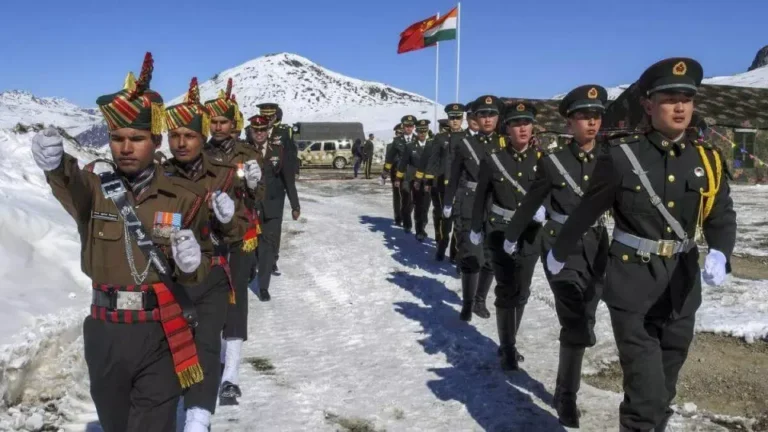
BEIJING, Dec 25: It was a breakthrough year in India-China ties after a near freeze in their ties for over four years – the longest since the 1962 war – with an agreement to end the eastern Ladakh military standoff.
After “amassing of a large number of troops by China along the Line of Actual Control (LAC) in Eastern Ladakh” in April-May 2020, as External Affairs Minister S Jaishankar said in a recent statement in Lok Sabha, resulting in the Galwan valley clash in June 2020, there had been a breakdown in the relations between the two Asian giants.
The post-1962 war chill lasted till the then Prime Minister Rajiv Gandhi’s visit to Beijing in 1988.
This time, the two countries held periodic talks between the top commanders and through the Working Mechanism for Consultation and Coordination (WMCC), resulting in disengagement in stages from four points — the Galwan Valley, the Pangong Lake, Hot Springs, and Gogra — in eastern Ladakh by creating buffer zones.
Finally, on October 21, India and China firmed up an agreement on patrolling and disengagement of troops along the LAC in eastern Ladakh at the remaining friction points of Depsang and Demchok.
The agreement led to the first structured meeting between Prime Minister Narendra Modi and President Xi Jinping on the sidelines of the BRICS summit at Kazan in Russia soon after, their first in five years.
Defence Minister Rajnath Singh too met his Chinese counterpart Dong Jun at the ASEAN Defence Ministers’ meeting in Vientiane in Laos in November.
After the 23rd SR dialogue between Doval and Wang in December, the Ministry of External Affairs (MEA) said the extensive talks focussed on a “positive” direction for cross-border cooperation, including resuming the Kailash Mansarovar Yatra and border trade, while the Chinese side said a six-point consensus, including continuing to take measures to maintain peace at borders and promote healthy and stable development of relations, was reached between the two sides.
While there was no clarity from China on why it moved its troops near the LAC in 2020, equally puzzling is the timing for the agreement to bring down the border tensions with India, months ahead of the 75th anniversary of their diplomatic relationship.
But Beijing, in recent months, appeared to be mellowing down after its economy struggled to reverse its slowdown, weighed down by issues such as property crisis and rising unemployment.
Throughout the over four-year crisis, bilateral trade was not impacted. In fact, it continued to boom.







